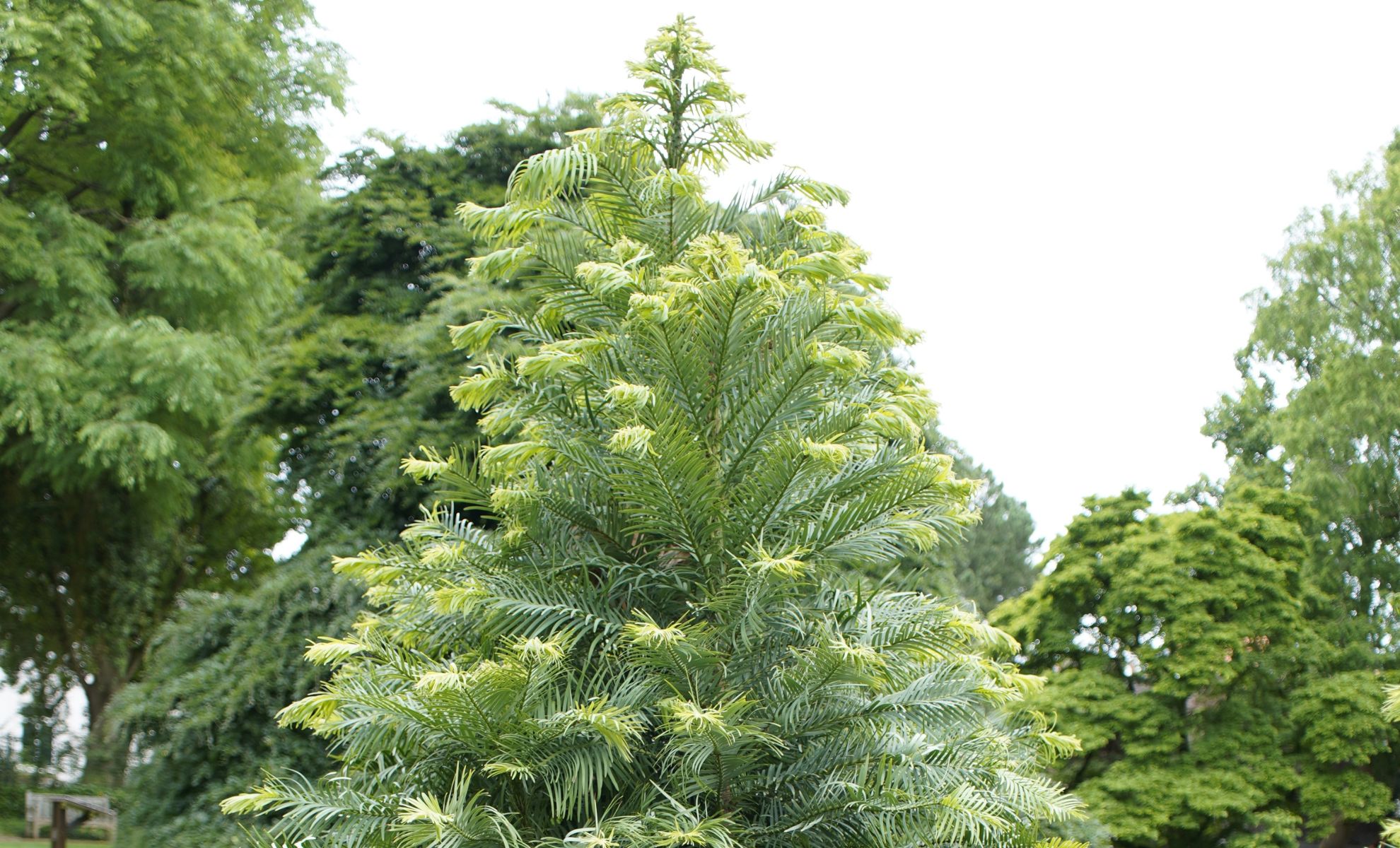This "Dinosaur Tree" Lived for 200 Million Years—but Now Faces Extinction

Beneath the sandstone cliffs of Wollemi National Park In New South Wales, Australia, a quiet guardian stands watch from the Jurassic period keeps evading disappearance. Called the Wollemi pine This uncommon evergreen tree stayed concealed from scientific observation until 1994. The moment it was found hiding away in a remote gorge, it drew instant attention from scientists and environmental advocates around the globe. There are less than 100 fully grown specimens remaining in their natural habitat, with an ancestral history tracing back 200 million years, making the Wollemi pine one of the world’s most rigorously safeguarded plants. It now serves both as a living fossil and a symbol for protecting Earth’s rich variety of life forms.
The Serendipitous Unveiling of a Living Fossil
The tale started with an ordinary hike. In 1994, David Noble , a field operative for the New South Wales National Park and Wildlife Service He was investigating a distant canyon when he stumbled upon an unusual sight. tree Although it appeared similar to contemporary conifers, its distinctive bark and ancient characteristics led to additional examination. Soon after, the Wollemi pine was categorized as part of this plant family. Araucariaceae A family of trees thought to have gone extinct millions of years ago. Its return wasn’t merely unexpected; it was revolutionary. This discovery shook up the very foundations of botanical understanding. At the time, the Director stated: Royal Botanic Gardens was famously quoted saying that the Wollemi pine is akin to discovering a tiny living dinosaur still roaming our planet.
This remarkable finding highlighted the significance of protecting isolated natural areas. It also showed that our planet's variety of life continues to hold mysteries, despite today’s advanced technologies like satellite imagery and artificial intelligence in ecological studies. The Wollemi pine immediately turned into a top priority for worldwide preservation efforts.
Endangered Treasures: The Challenges Confronting the Wollemi Pine
Even though it has ancient evolutionary origins, the Wollemi pine is considered critically endangered and is categorized accordingly by the IUCN. International Union for Nature Conservation (IUNC) With fewer than 100 adult specimens left in their natural habitat, this species encounters multiple dangers. Events like the severe wildfires of the 2019-2020 fire season present an extreme threat. In January 2020, rescue teams conducted a perilous firefighting mission to protect the last stand of these trees—a feat celebrated internationally for its bravery.
A significant danger also arises from Phytophthora cinnamomi A soil-dwelling pathogen capable of devastating plant communities poses a threat. In order to safeguard the Wollemi pines, rigorous biosecurity measures have been put into place. Everyone who visits the location, including scientists and staff members, has to follow comprehensive decontamination processes. Such precautions aren’t merely administrative; they serve as essential safeguards for a species teetering at the edge of extinction.
Rare Tree's Dual Notoriety: Crime and Poaching
The Wollemi pine’s extreme rarity has made it a magnet for illegal plant collectors. The allure of owning a “living fossil” has fueled black-market interest since its discovery. According to New South Wales Authorities have faced several attempts at theft and illegal entries into the restricted area. In response to these incidents, stricter monitoring procedures were implemented, such as round-the-clock patrolling by rangers and advanced camera systems.
To combat illicit trading activities, governmental bodies collaborated with botanical institutions to legalize regulated cultivation. Starting from the early 2000s, licensed nurseries They have been permitted to sell Wollemi pine seedlings to the general public. By combining strict security measures with legitimate sales, this two-pronged strategy has considerably decreased the desire for illegally sourced plants. Additionally, it serves an educational purpose, enabling people to participate in conservation efforts right at home.
Lessons About Climate From A Tree That Survived Beyond The Age Of Dinosaurs
Beyond just a botanical oddity, the Wollemi pine is currently under investigation for insights into climate resilience Its endurance throughout ice ages, continental drifts, and mass extinction events provides significant knowledge about prolonged adaptation. Experts are studying the creature’s distinctive biology to comprehend how it manages drastic changes in temperature and scarce water supplies.
Initiatives spearheaded by organizations like the Royal Botanic Gardens and Kew’s Millennium Seed Bank strive to retrieve genomic information that might shape preservation tactics for other threatened species. Herein, the Wollemi pine acts not only as a remnant from ancient times but also as a beacon for safeguarding contemporary woodlands amidst global warming.
Ensuring Tomorrow: Seeds, Science, And Strategy
Securing the Wollemi pine's future necessitates more than just hope; it calls for a comprehensive scientific approach. Millennium Seed Bank In the UK, efforts to preserve seeds from mature Wollemi pines under strictly regulated environments offer a crucial backup for their genetics. Simultaneously, plant scientists are investigating techniques like tissue culture and cloning to protect the species' genetic variety.
These methods for spreading the species are crucial to avoid a genetic bottleneck, making them even more susceptible to diseases and environmental pressures. This continuous partnership among Australian preservation groups and global organizations exemplifies an uncommon instance of worldwide concerted ecosystem management. With botanists persistently working, numerous saplings are increasingly distributed to botanical gardens across the globe, broadening the Wollemi pine’s presence well beyond its original deep ravine habitat.
Enjoyed this article? Sign up for our complimentary newsletter. For captivating tales, special releases, and up-to-date information
To stay updated with similar stories, check out Indiandefencereview.com
Post a Comment for "This "Dinosaur Tree" Lived for 200 Million Years—but Now Faces Extinction"